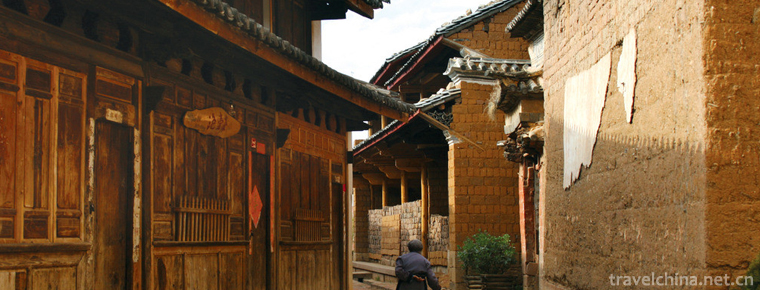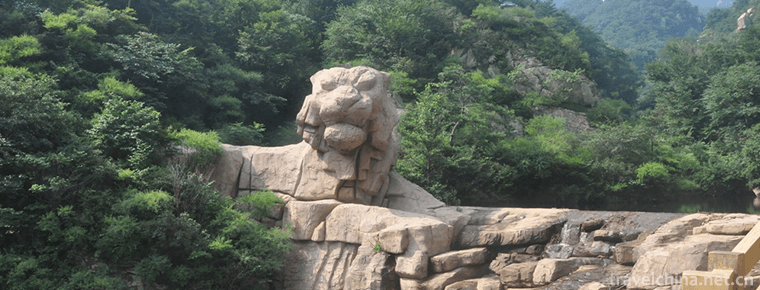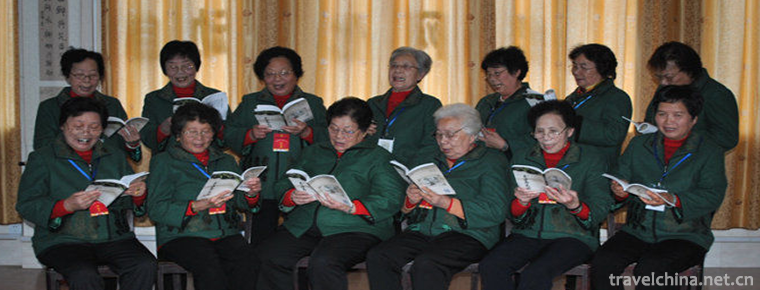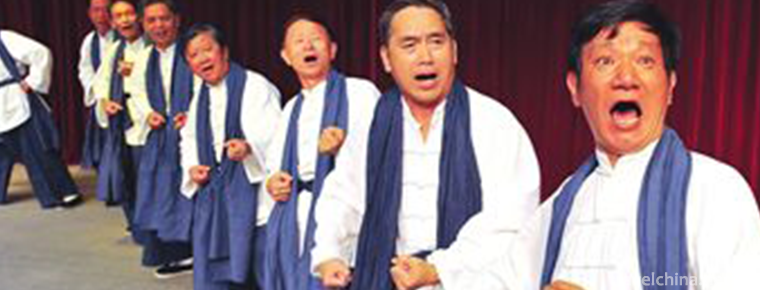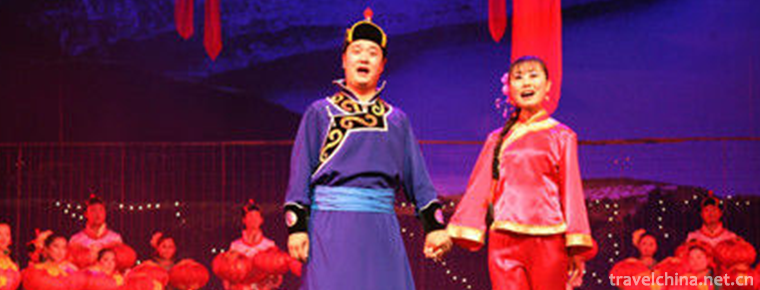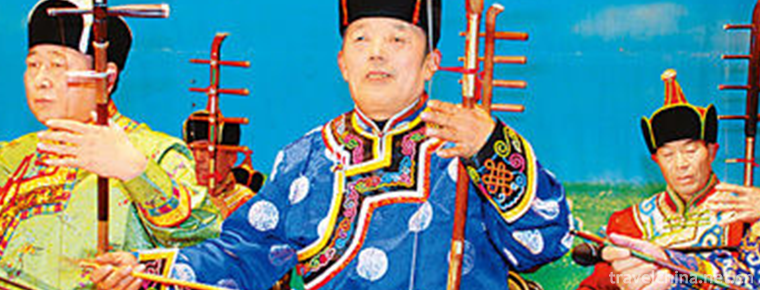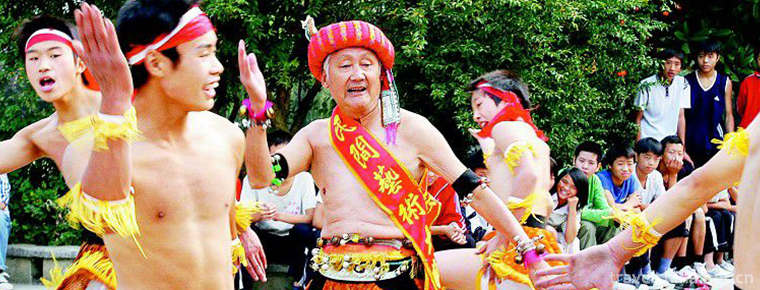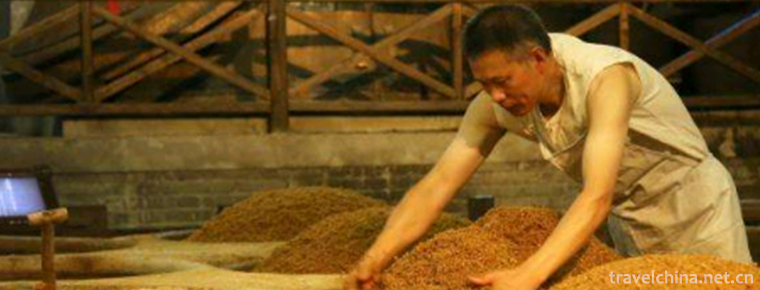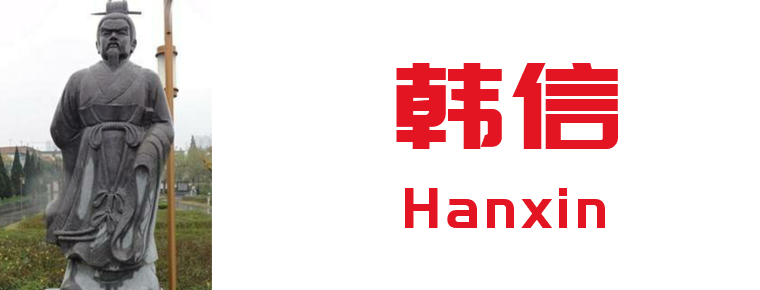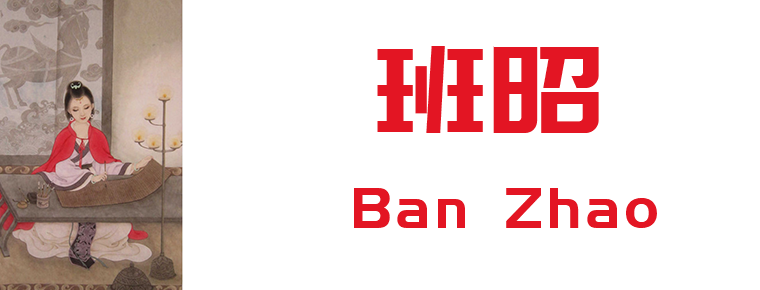Silver and Copper Ware Making and Gold smelting Techniques
Silver and Copper Ware Making and Gold-smelting Techniques
Silver and bronze wares production and gold mincing skills, local traditional skills in Huangzhong County, Qinghai Province, one of the national intangible cultural heritage.
Silver and bronze ware production and gold smelting process is complex. Silver and bronze ware production process includes cutting, welding, smashing, gluing, composition, polishing and so on. Gold smearing process includes gold smearing, gold smearing, gold opening, calendering and so on, and finally forms a silver and bronze ware work.
On May 23, 2011, the production of silver and bronze wares and the skills of bronzing gold were approved by the State Council of the People's Republic of China and listed in the third batch of national intangible cultural heritage catalogue, item number_-196.
historical origin
Silver and bronze ware making and bronzing technology is the processing technology of silver and bronze ware in Huangzhong. This technology has a long history of more than 100 years. It can be divided into two kinds of processing technology: silver and bronze ware. Silver processing technology is known for its thin, bright, gentle and pure shape. It is well known for its exquisite processing and is deeply loved by people of all nationalities. Influenced by Buddhist culture, artists often use "eight auspicious emblems" (umbrella, goldfish, vase, victory building, Falun, auspicious knot, right-handed conch, Miaolian) and mandala, miraculous wing bird, dragon, phoenix, lion, monster, auspicious cloud, Baoyan and other decorative patterns. There are more than 30 processing workshops in Huangzhong County. They represent artists'life expectancy (provincial level arts and crafts artists), He Man, He Yun and so on.
Technological characteristics
Huangzhong Silver and Copper Wares can be divided into Silver Wares and Copper Wares Processing Products. They all have the artistic characteristics of Tibetan culture. Silver products have fine craftsmanship, rich patterns, complex shapes and unique expressive techniques. Huangzhong Silver Ware has a long history of several hundred years. It is famous for its thin, bright, soft and pure shape. It is well known for its exquisite processing and is deeply loved by people of all nationalities. There are many kinds of silver wares, such as silver teapot, silver tea cover, silver tea saucer, silver wooden bowl, braid, earrings, necklaces, bracelets, etc. There are also monastery suppliers, small meridian wheel, water purifying kettle, water supply kettle and other instruments, such as suona, insertion of wings, snails and other musical instruments are exquisite, with high aesthetic value. Influenced by Buddhist culture, artists often use "eight auspicious emblems" (goldfish, vase, victory building, Falun, auspicious knot, right-handed conch, Miaolian) and mandala, miraculous winged bird, dragon, phoenix, lion, monster, auspicious cloud, Baoyan as decorative patterns. Copper ware has exquisite processing technology, complex patterns, lifelike shapes and outstanding performance techniques. There are Buddha statues, lamps, water bowls and other monasteries and religious supplies; there are kettles, fire basins, incense burners (the bottom often has the word "Daming Xuande". The founder thinks his level has reached the level of Xuande burner), incense cones (for perfuming), wax tables, lamps, hand stoves and other religious and civilian supplies.
Gold smelting technology was invented in ancient China. The method is to cut the gold foil about a millimeter thick and put it in a crucible to heat it to 400 C, then put it in mercury (mercury). The ratio of gold to mercury is 1:7. After mixing, it is poured into water to form "gold sludge". Gold stick is dipped in "gold mud" and brushed repeatedly on bronze ware. Finally, the bronze ware surface is baked with hot charcoal to evaporate mercury. Gold remains on the bronze ware surface and becomes a golden bronze ware.
Technological process
The processing technology of silver and copper wares is relatively complex, with complex patterns, realistic shapes and prominent expressive techniques. The main process is: blanking - Welding - smashing - glue - Composition - polishing. The production mode of silver and bronze wares in Huangzhong is mainly handicraft workshop. The son inherits his father's business and passes it on from generation to generation. Its representative artists include Qinghai Province's third-class craftsmen, such as Fengfu, Li Zhanbang, and more than 40 workshops.
Gold smelting is also a kind of metal processing technology, also known as "gold coating", "gold plating" and "flowing gold". It is a technology that gold and mercury are synthesized by gold and mercury, which are coated on the surface of silver and copper wares. The mercury is evaporated by heating, and the gold is firmly attached to the surface of silver and copper wares without falling off. Its technological process includes: shaking gold, smearing gold, opening gold, calendering. Silver bronze gold smelting technology is generally a family technology, with confidentiality.
Inheritance and Protection
Inheritance value
Silver and bronze wares making and bronzing techniques can be divided into silver and bronze processing techniques, exquisite processing techniques, novel and lively patterns, fine and ingenious workmanship, with strong Tibetan cultural characteristics and high aesthetic value and collection value.
Current situation of inheritance
Owing to the production of silver and bronze wares in Huangzhong and the skill of bronzing gold, the production mode of bronze wares in Huangzhong is generally based on the family handicraft workshop. The children inherit their father's business and pass on from generation to generation. In principle, they do not pass on their surnames. In addition, the objective reasons and facts of complex technology, high technical difficulty, long training time from apprentices to skilled craftsmen, slow production of products, large investment and slow effectiveness. In addition, many young people do not attach enough importance to the processing of silver and bronze ware, give up learning this craft, and the old artists die one after another, which makes the handicraft practitioners less, and brings adverse effects on the inheritance and promotion of the processing technology of silver and bronze ware. It is urgent to take effective measures to protect and inherit it.
Heritage figures
He Man, male, was born in April 1965. In December 2012, He Man was selected as the representative successor of the fourth batch of national intangible cultural heritage projects. He Man declared the items in Huangzhong County, Xining City, Qinghai Province: silver and bronze wares making and gold bronzing skills.
protective measures
In order to better protect and inherit the processing skills of silver and bronze wares in Huangzhong, the government departments of Huangzhong County have made great efforts to build the folk art brand of "eight-petal lotus flower", established the Silver and Bronze Ware Ware Ware Ware People's Association, and invested special funds to set up exhibition rooms, allocate plots to build platforms for unified creation, exhibition and sales, and also held various training courses regularly. Collecting and collating historical and cultural materials, recording and video recording, and protecting them through the above measures.
social influence
Important Exhibitions
In September 2015, at the City Fair, the heir He Man produced various silver and bronze wares on the spot.
Honorary recognition
Many handicraft works such as "Eight-petal Lotus Respect", "One Pot of Pure Silver", "Pure Silver Incense Burner" and "Auspicious Eight-treasure Dragon-pattern Silver-clad Wooden Bowl" created by the successor He Man have been collected by the National Museum of China and the China Arts and Crafts Museum.
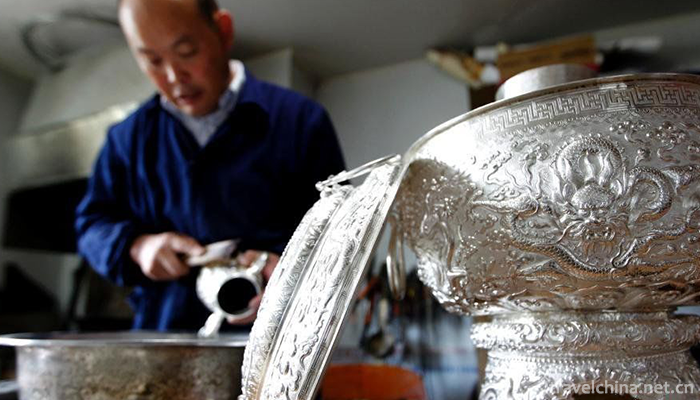
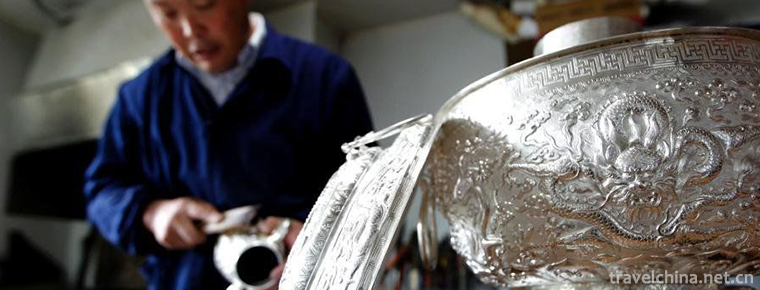
Silver and Copper Ware Making and Gold smelting Techniques
-
Ancient town of Shaxi
Shaxi is located in the southeast of Jianchuan in Dali, Yunnan Province, China
Views: 236 Time 2018-10-17 -
Lion Mountain Scenic Area
Lion Mountain Scenic Area is located in the east of Shaoshan Scenic Area, which is divided into Lion Mountain Scenic Area and Benbenling Scenic Area.
Views: 395 Time 2019-02-08 -
Song Album
"Dongshan Song Book" was introduced from Chaozhou, Guangdong Province, in the Ming Dynasty. Its tunes were constantly changing in the singing of folk singers and gradually assimilated
Views: 179 Time 2019-04-30 -
Wharf song
The dock number is a traditional folk song in Shanghai. Singing in docks, cargo yards, loading and unloading, lifting, push and pull and other labor occasions. The main singing methods of wharf number
Views: 150 Time 2019-05-16 -
Man Han tune
Han Han tune. Chinese translation means desert tone. A form of folk songs. Mainly popular in Mongolia and Han mixed Yikezhao League Zhungeer Banner, Dalat Banner and Baotou City Tumut Right Banner, Ho
Views: 126 Time 2019-05-21 -
Mongolian Sihu Music
Mongolian Sihu music is one of China's intangible cultural heritage. Mongolian Sihu is one of the most distinctive Mongolian musical instruments, stringed instruments.
Views: 210 Time 2019-06-04 -
Meat rustles
"Meat Lianliang" refers to the native minority local dance variety in Lichuan City, Hubei Province, which takes the unique body performance as the main form. It is popular in the city's Duti
Views: 245 Time 2019-06-11 -
Brewing Techniques of Zhenjiang Hengshun Fragrant Vinegar
Zhenjiang Hengshun aromatic vinegar brewing technology production chooses high-quality glutinous rice produced in the "land of fish and rice" as raw material, using solid-state layered ferme
Views: 120 Time 2019-07-25 -
Han Xin
Han Xin (about 231 - the first 196). The Warring States period Han Xiang Wang Ji Kun Shu sun, in order to avoid the military strategist with the same name, Huaiyin Hou Hanxin Mixed up, historical book
Views: 182 Time 2019-09-07 -
Ban Zhao
Ban Zhao (about 45 years - about 117 years), also known as Ji, the word Hui ban. Fufeng An Ling (now northeast of Xianyang, Shaanxi), a historian and a writer of Eastern Han Dynasty. historian Ban Bi
Views: 306 Time 2019-09-11 -
Social undertakings in Luzhou
As of the end of 2018, Luzhou has added 1 provincial key laboratory, 1 provincial engineering technology research center, 4 incubators of science and technology enterprises above the provincial level, and 16 national high-tech enterprises. The annual output value of high-tech reached 38
Views: 367 Time 2020-12-14

